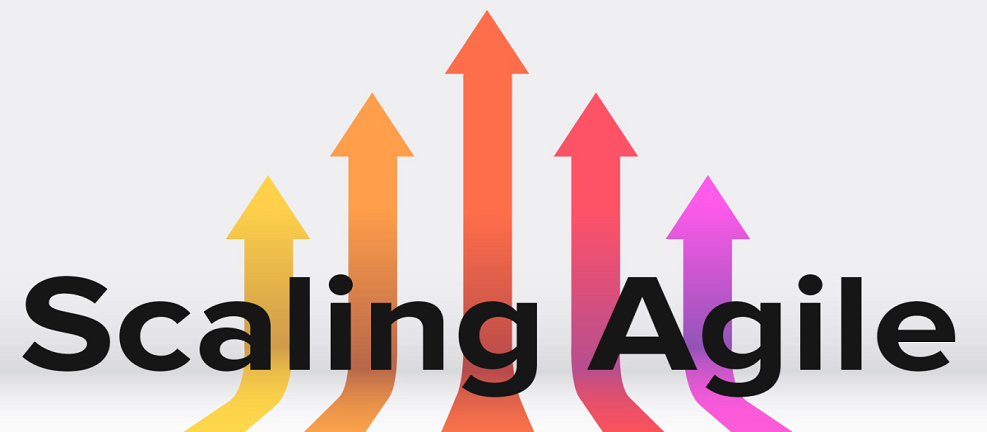Agile has been a game-changer in software development, revolutionizing how businesses respond to change and deliver products faster. However, in today’s fast-evolving markets, the traditional Agile framework often hits a ceiling—particularly when it comes to team capacity and scalability. Enter Agile++, the next-generation Agile methodology designed to overcome these limitations and unlock unparalleled speed, quality, and flexibility.
What is Agile++?
Agile++ is an evolved version of the Agile methodology. While it retains the core principles of Agile—such as iterative development, collaboration, and responsiveness—it introduces scalability and global talent integration to eliminate bottlenecks. Agile++ takes Agile’s foundational SCRUM framework to the next level by enabling teams to scale dynamically based on project demands.
Before diving into Agile++, let’s explore what Agile offers and the limitations it presents in modern scenarios.
What Agile Brings to the Table
Agile introduced a paradigm shift in software development by prioritizing adaptability, customer feedback, and iterative progress. Here’s a quick overview:
Key Features of Agile
-
Iterative and Incremental: Agile projects are broken into small sprints, with each sprint building on lessons learned from the previous one.
-
Efficient Communication: Agile emphasizes daily face-to-face conversations over lengthy email chains and excessive documentation.
-
User-Centric Development: Agile starts with understanding the client’s needs and continuously incorporates user feedback.
-
Tangible Results: Each iteration delivers working software or tangible progress, keeping the project aligned with business goals.
Challenges with Traditional Agile
While Agile has transformed project management, it is not without its limitations:
-
Team Capacity Constraints: The progress of Agile projects is often restricted by the size and capacity of the SCRUM team.
-
Long Time-to-Market: Even with sprints, complex features often require multiple iterations, delaying product releases.
-
Resource Bottlenecks: Fixed teams can struggle to handle fluctuating project demands, leading to delays and inefficiencies.
These challenges highlight the need for an evolved approach. That’s where Agile++ comes in.
How Agile++ Revolutionizes Agile
Agile++ enhances the Agile framework by leveraging global talent and scalable processes. Here’s how it works:
1. Dynamic Team Scalability
Unlike traditional Agile teams with fixed capacities, Agile++ allows organizations to expand or contract their teams on demand. A global pool of professionals with matching skill sets can pick up backlog stories and work collaboratively, ensuring that capacity never becomes a bottleneck.
2. Faster Time-to-Market
With Agile++, businesses can release features and products faster. The ability to onboard additional experts for specific tasks accelerates development cycles, reducing the time required for each sprint.
3. Global Collaboration
Agile++ connects organizations with subject matter experts worldwide. These professionals seamlessly integrate into SCRUM teams, bringing specialized knowledge and fresh perspectives.
4. Enhanced Flexibility
Agile++ retains the iterative nature of Agile while allowing for greater flexibility in task allocation, resource management, and process adjustments.
Agile++ Workflow in Action
Agile++ follows a refined SCRUM process while addressing traditional Agile limitations:
-
Product Backlog: The organization’s product team creates and prioritizes user stories that make up the desired product or feature.
-
Sprint Planning: Stories are selected from the backlog and assigned to global experts based on their skills and availability.
-
Dynamic Team Formation: Professionals from around the world join the team to handle specific tasks, ensuring no delays due to capacity constraints.
-
Sprint Execution: The team works collaboratively to complete tasks, leveraging iterative improvements and continuous feedback.
-
Delivery: At the end of each sprint, completed functionalities are delivered and reviewed.
Benefits of Agile++
1. High-Quality Products
With smaller, focused sprints and continuous iteration, Agile++ minimizes errors and ensures that each deliverable meets high-quality standards.
2. Maximum Customer Satisfaction
Agile++ involves customers throughout the process. Regular updates and feedback loops ensure that the end product aligns with client expectations.
3. Increased Project Control
Transparency is enhanced through regular meetings and progress reviews. Agile++ provides greater control over project timelines and outcomes.
4. Reduced Risks
Frequent reviews and testing reduce the likelihood of major issues. Agile++ identifies and resolves potential risks early in the development cycle.
5. Faster ROI
By enabling early releases and continuous improvement, Agile++ accelerates time-to-market, leading to quicker returns on investment.
Why Virtual Delivery Centers (VDCs) Are Essential for Agile++
Agile++ thrives on scalability, flexibility, and global collaboration—key strengths of Virtual Delivery Centers (VDCs). Here’s how VDCs empower organizations to implement Agile++ effectively:
-
Global Talent Access: VDCs connect organizations with a vast pool of experts worldwide, ensuring access to the right skills at the right time.
-
Cost Efficiency: By leveraging remote teams, VDCs reduce operational costs while maintaining high-quality outcomes.
-
On-Demand Scalability: VDCs enable dynamic team scaling, ensuring that projects never stall due to resource shortages.
-
Enhanced Collaboration: Advanced tools and platforms facilitate seamless communication and coordination among distributed teams.
-
Accelerated Delivery: With round-the-clock development cycles, VDCs significantly reduce time-to-market.
By integrating VDCs with Agile++, businesses can achieve unparalleled speed, efficiency, and flexibility, setting new benchmarks in project delivery.
